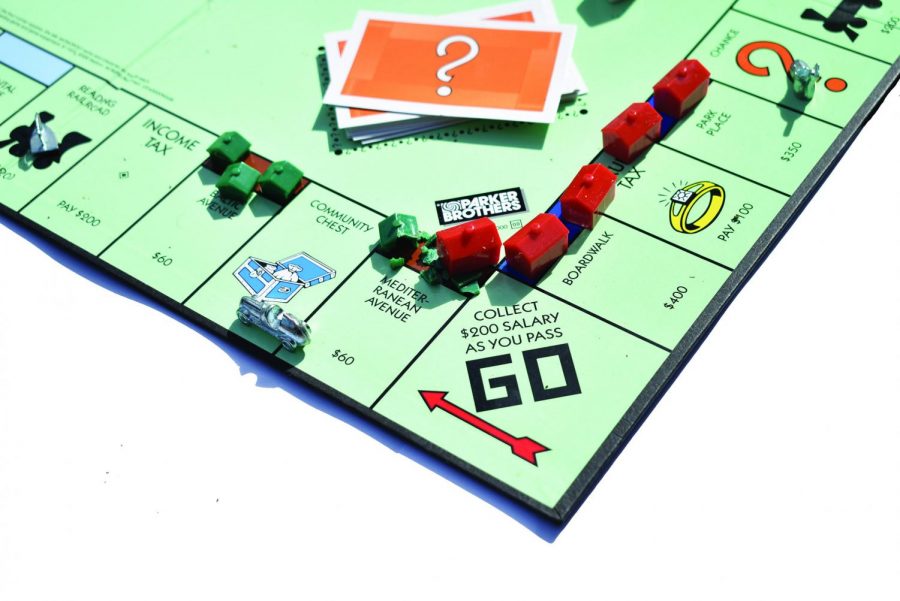Looking Forward
February 14, 2019
Artist Rendering By Charlotte Spears
Various solutions have been proposed in order to walk the line between economic investment and gentrification and it seems that a joint city and community effort is the best way forward.
While gentrification and its perpetrators are deeply-rooted, many note potential for change within the city.
One successful method centered around affordable and sustainable housing used across the nation is named for an Atlanta neighborhood. The East Lake model was a successful intervention into a neighborhood, dubbed “Little Vietnam” for its immensely high crime rates around the former East Lake Meadows public housing project.
Through a cooperation of philanthropy, private and public investments, East Lake became a thriving community in Atlanta without the displacement caused by gentrification.
“The East Lake model ensures that as neighborhoods are redeveloped, there is a way for low-income and working people to continue to live in that community. It is a combination of private and public dollars to make this model work,” Franklin said.
The East Lake model has been successful in over 20 cities across the nation, yet is held back due to its entirely not-for-profit approach. In light of that approach, the city government itself is able to implement methods to keep housing affordable, such as placing limits on developers and controlling the public land bidding process. Much of this implementation falls on the effectiveness of city government and its willingness to cooperate.
“The Atlanta Housing Authority owns hundreds of acres of undeveloped land that has just been sitting there. The Housing Authority has every capability to say that companies bidding for the land must make a certain percentage of affordability into the development,” said Franklin.
In part, the City of Atlanta has worked in tandem with private and semi-governmental agencies to assist homeowners who would normally be priced out of a desirable neighborhood.
“Say, for instance, you don’t have enough money for a downpayment on a mortgage, then we can have financial assistance,” said Norman. “The Atlanta Land Bank programs allow for people to receive money for a downpayment if they live on the property for a certain period of time.”
Attention from the city on affordable housing is extremely important to tackle this issue. However, a one-sided approach to a topic as complex as gentrification will lead to nothing but a repetition of the problem.
“The way to solve the problem is to address the root of the problem, which is lack of education, discrimination on the job, disparities in wages and low wages,” said Franklin. “You have to address all of these things, unless you want to be back in these same situations in another 15 or 20 years. You will help one group of people but not the next.”
However, Welsh notes a unique characteristic of the city that holds the potential to curb some of Atlanta’s housing issues. Neighborhood Planning Units, or NPU’s, which were created by late former Mayor Maynard Jackson, the city’s first African-American mayor, as a way to get neighborhood voices to city officials.
“It is a very powerful tool that most cities don’t have,” Welsh said. “There’s a real potential to get more civic voice as a part of the planning conversation. Atlanta is a small city, so a few voices can make a difference … The challenge is who has the ability to participate, how to you get the more underrepresented voices of people who don’t have that time? I think that’s something the city really needs to grapple with.”
Overall, advocates and officials agree that public voice is one of the most important ways to begin enacting change for the city.
“We really have access, I just think we don’t use it enough,” Welsh said. “You can call your council member and sit down with him or her in their office anytime. People need to feel very comfortable doing that, because showing up in small city like this really makes a difference.”
